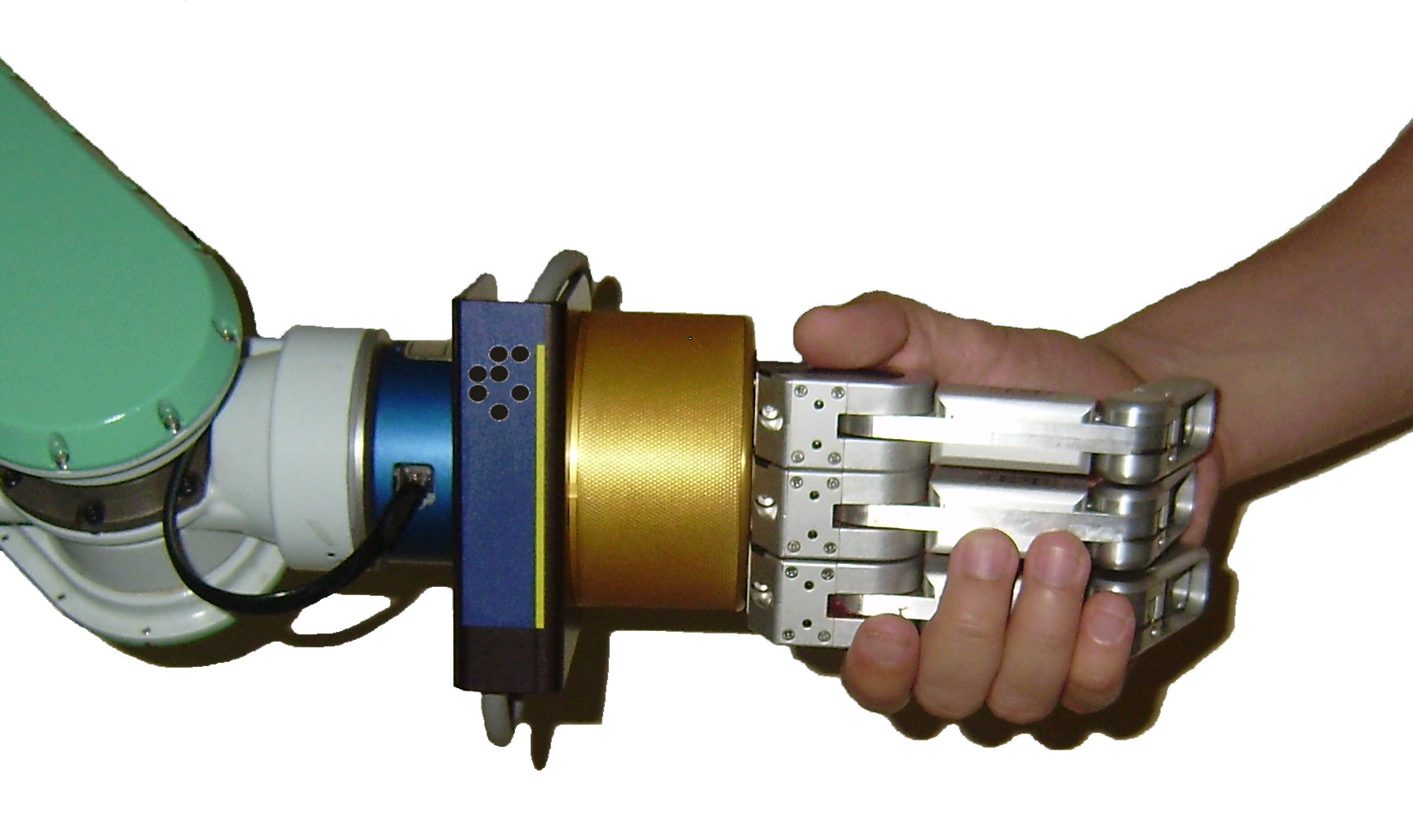 |
| Phobos as photographed from the Mars Express |
The most likely theory for its formation is that it comprises debris from the surface of Mars. This would have been thrown into orbit by meteorite collisions over the probably 4 billion years since the planet was formed and during this time the debris has coalesced to form the Phobos we see today. So within the material that makes up this satellite could be a record of life on the surface of its parent planet.
Why not go there? It would be much cheaper than visiting the surface of Mars or even that of our own Moon, which is never less than 140x closer than Phobos. This is because it is so small (mean radius 6.9 miles) that it has virtually no gravity for a spacecraft’s engines to have to battle against, so only a small amount of fuel would need to be carried and the larger distance would be covered largely by coasting from the Earth’s orbit around the Sun to that of Mars after an initial boost; similarly, but in reverse, for the return mission.
In my view this should seriously be considered as a priority
destination for the MPCV (multi-person crew vehicle), also known as Orion, now
being developed by NASA for missions beyond earth orbit. The Moon and nearby
asteroids are other targets being evaluated for manned missions before the much
bigger and more expensive step of landing men on Mars is taken. Russia and the
USA both have experience of prolonged micro-gravity effects on humans, which is
necessary since the trip out would take about 9 months.
I think Phobos should be the next step for a manned
expedition for the following reasons:
- It would take less energy and money to get men to Phobos than to the surface of the Moon and back (as explained above).
- Phobos’s rocks could provide evidence of past life or absence of life on the Martian surface over billions of years.
- Underground caves would provide an ideal shelter from cosmic bombardment, a major problem for manned missions, and a logistic base for future descents to the Martian surface.
- Humans on Phobos could observe Mars in great detail without risking contamination of the surface with terrestrial bacteria.
This last point is important because the occurrence or
non-occurrence of any form of biological life independent of Earth would be of enormous significance in assessing the nature of its origin
and putting terrestrial life into a cosmic context. Since the inception of terrestrial life there have been innumerable ejections of organic debris into space due to meteorite, asteroid and comet impacts, so that some of this is likely to have found its way to other planets. However, I believe it is possible to identifiy this life as terrestrial in origin or otherwise.
Interest in Phobos is growing. Russia attempted to send an
unmanned probe there recently (November 2011) but this failed. China had
experiments on board the Russian probe, called Fobos-Grunt and the USA is also
interested.
To get there or anywhere else beyond earth orbit efficiently we need to be able to launch
materials, equipment and prefabricated structures into orbit more cheaply and
frequently than was possible with the Space Shuttle, so that earth orbit can
serve as a base. Once a vehicle is assembled there it can be launched off into
deep space without having to fight hard against gravity.
I am still mystified
as to why the Skylon spaceplane, a UK design, with its revolutionary air
breathing rocket engine (SABRE), is not being developed as a matter of
priority. Skylon could get mass into orbit at a fraction of the cost of any
other technology of which I am aware. Presumably politics is a factor since space
exploration is moving towards international cooperative ventures to share costs
and expertise. There is also a major trend towards private ventures and away
from government-led programmes.
My view is that the universe is
there to be explored, not ignored. International space exploration projects are
a way of raising our horizons and cooperating instead of stewing up the
biosphere and destroying ourselves spiritually and in internecine conflict.
John
see also Interplanetary mining
2077 novel: buy & preview options + reviews
AUTHOR'S FACEBOOK PAGE
cosmik.jo@gmail.com


